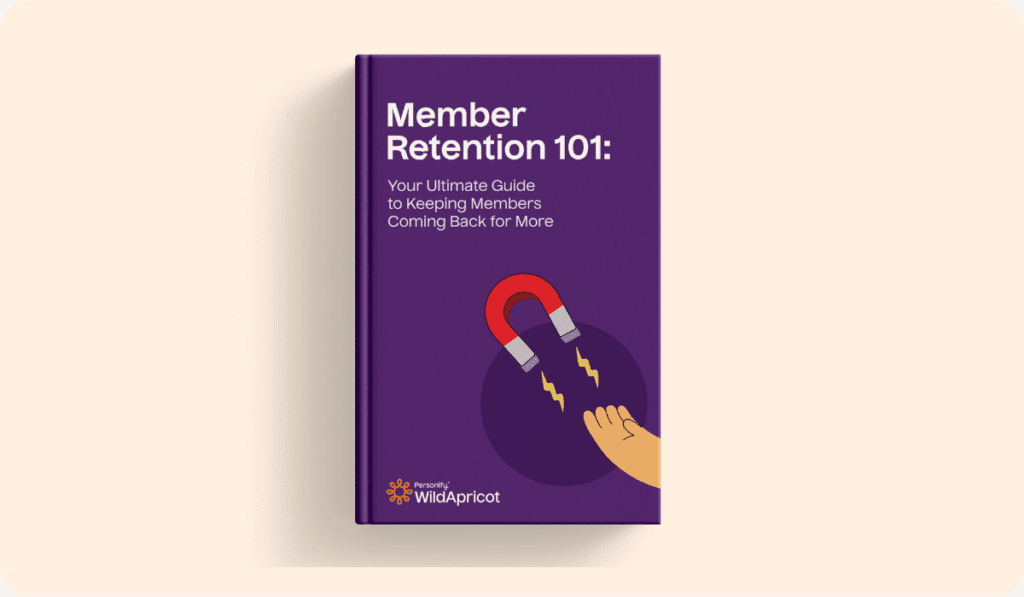This is a guest post from Jitassa
Think back to when you started your nonprofit organization. Along with creating your bylaws, filing articles of incorporation, and establishing your board of directors, you submitted a copy of Form 1023 to the IRS. This document registered your organization as a 501(c)(3) nonprofit, granting you tax-exempt status.
But this status doesn’t mean you can sit back and relax come tax season! Your 501(c)(3) registration comes with the condition that you’ll invest all of the funding your nonprofit receives back into the organization. So, to stay tax-exempt, you need to file nonprofit tax returns to prove to the IRS that you’re following this rule. Plus, there are additional forms to distribute to help your employees pay their income taxes each year.
In this guide, we’ll walk through the three most important things to know about nonprofit tax compliance, including how to:
- Keep Detailed Financial Records
- File Your Form 990 Correctly and on Time
- Understand the Different Employment Tax Forms
Although the tips in this guide are a good starting point, the best way to make sure your organization complies with all of the tax reporting requirements is to work with a nonprofit accountant. If you have a question about your tax forms or a challenging situation comes up, they’ve probably dealt with something similar before and can help you out in any way you need. Let’s get started!
1. Keep Detailed Financial Records
The first step in filling out your tax returns is having the right information on hand. Keeping a thorough record of all of your nonprofit’s financial activities will provide you with everything you need come tax season.
Some essential documents to pull out as you get started include your organization’s:
- Past tax filings. You should always have a copy of your Form 1023 in your records, along with the letter you received from the IRS declaring your organization’s 501(c)(3) status. Once your nonprofit has filed its first tax return and employment tax forms, you should also keep copies of those around for at least three years so you can refer back to them.
- Financial statements. Jitasa’s financial management guide explains that nonprofits should compile four financial statements each year: an income statement, a balance sheet, a cash flow statement, and a functional expense report. You’ll need to report on some portion of all of these statements on your tax return.
- The year’s transaction records. In your accounting software, you should have a record of all of your organization’s spending and revenue generation. If you need to double-check anything on your financial statements or add more detailed information to your tax forms, these records will be your best bet.
Especially when it comes to your transaction records, make sure your financial data is clean. NPOInfo’s guide to nonprofit data hygiene recommends checking your records for any ambiguous, duplicate, inconsistent, misplaced, or missing information. Before you start filling out any tax forms, reconcile and fill in any gaps in your data so you know you’re only sending correct information to the IRS.
2. File Your Form 990 Correctly and on Time
The IRS Form 990 is the annual nonprofit tax return and the most important form you’ll need to file each year. However, not all organizations complete the exact same return. There are four different versions of the Form 990, which include:
- Form 990-N. Also known as the Form 990 e-Postcard, small nonprofits whose annual gross receipts total less than $50,000 can file this form. There isn’t a paper version of this form anymore—instead, you’ll just need to answer the eight required questions directly on the IRS website.
- Form 990-EZ. This condensed version of the Form 990 is designed for mid-sized nonprofits with annual gross receipts that total between $50,000 and $200,000. It’s about four pages long when printed.
- Form 990. Only the largest nonprofits with gross receipts totaling more than $200,000 have to file the full Form 990. Good thing, too—it’s 12 pages long and very detailed!
- Form 990-PF. All private foundations are required to fill out the 13-page Form 990-PF, regardless of their size or annual gross receipts.
The deadline for filing any of these Form 990 versions is the 15th day of the fifth month after your organization’s fiscal year ends. So, if your fiscal year follows the calendar year, your deadline is May 15. If your fiscal year were to run from July to June, your Form 990 would be due on November 15. The IRS fines organizations that file their forms late, so make sure to get yours in on time!
3. Understand the Different Employment Tax Forms
Besides being a charitable organization, your nonprofit also employs a team of people. So, tax compliance also depends on filing all of the forms you need to file as an employer.
Here are the four main employment tax forms you should be familiar with:
- Form W-3 is the document that your organization fills out to report your staff members’ total compensation for the year, along with the total amount of income tax you’ve already withheld from all of their paychecks.
- Form W-2 is distributed to individual employees as a record of their compensation and income tax withholdings. There are six copies of each of these forms that you’ll need to keep track of: two for your nonprofit to file with the federal government and your state respectively, two for the staff member to include with their federal and state tax filings, one for your records, and one for them to keep.
- Form W-9 is a document used to request tax identification information from any contractors you might work with. For instance, if you were to hire a freelance designer to build your nonprofit’s website, they’d be considered a contractor because they’re working with your organization temporarily to do one specific project. Send W-9s to your contractors early in your relationships with them to make sure you have the information you need come tax season.
- Form 1099 is the reason why contractors need to fill out a W-9. It’s used to report “miscellaneous income” to the IRS, or any money individuals make that is separate from traditional compensation. Just like Form W-2, there are six copies—three for you and three for the contractor.
No matter when your fiscal year ends or your Form 990 is due, the deadline to file Form W-3 and issue all of your W-2s and 1099s for each calendar year is January 31 of the following year. This gives your employees plenty of time to file their individual taxes by their deadline (April 15).
Read More: 5 Nonprofit Fundraising Laws You Should Know About
Nonprofit tax compliance might seem overwhelming at first, but it doesn’t have to be. As long as your financial records are solid, filing your Form 990 and completing all of the required forms for employers shouldn’t be too taxing. If you have questions about any part of the process, don’t hesitate to reach out to an accountant for professional help.









